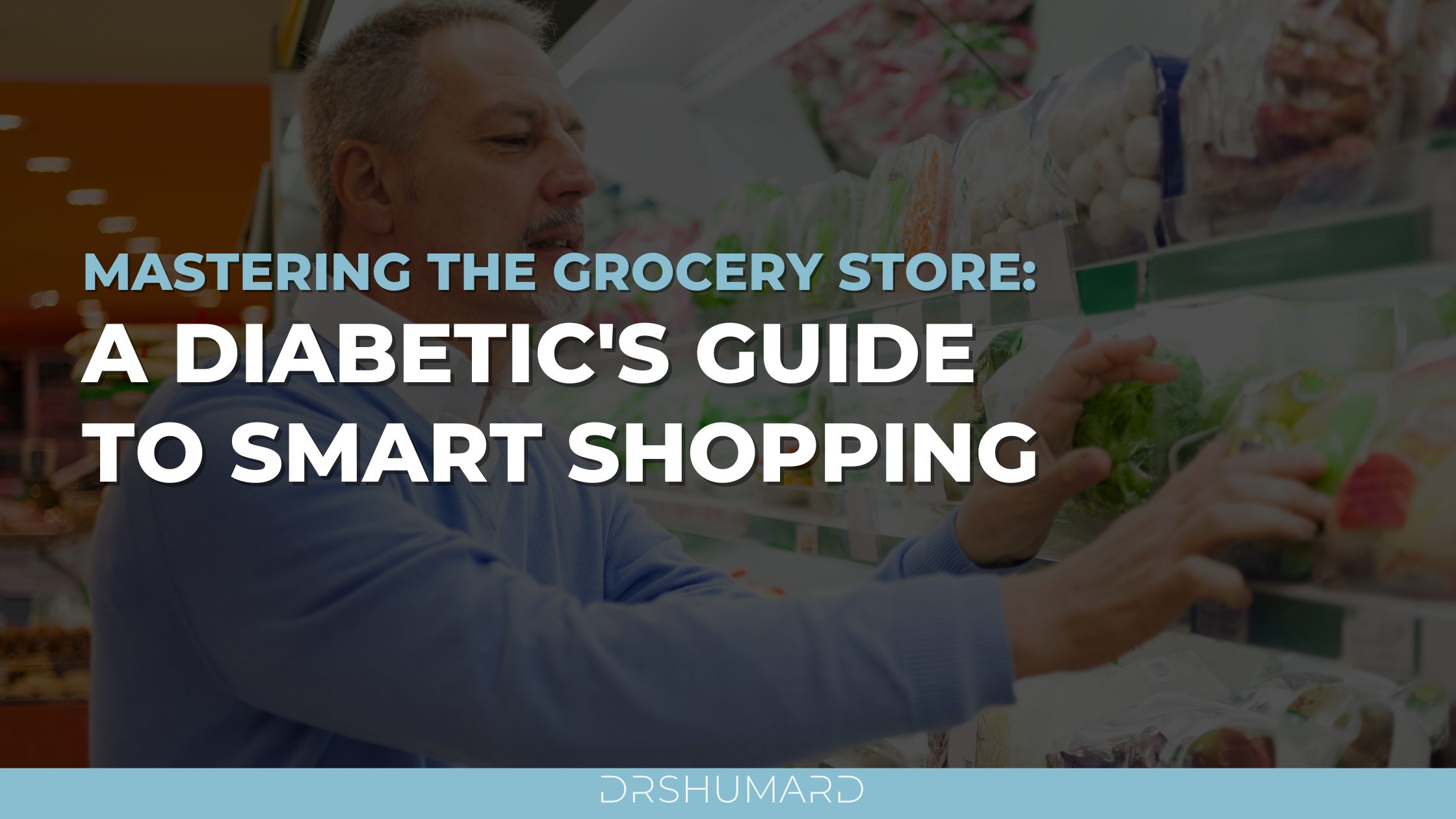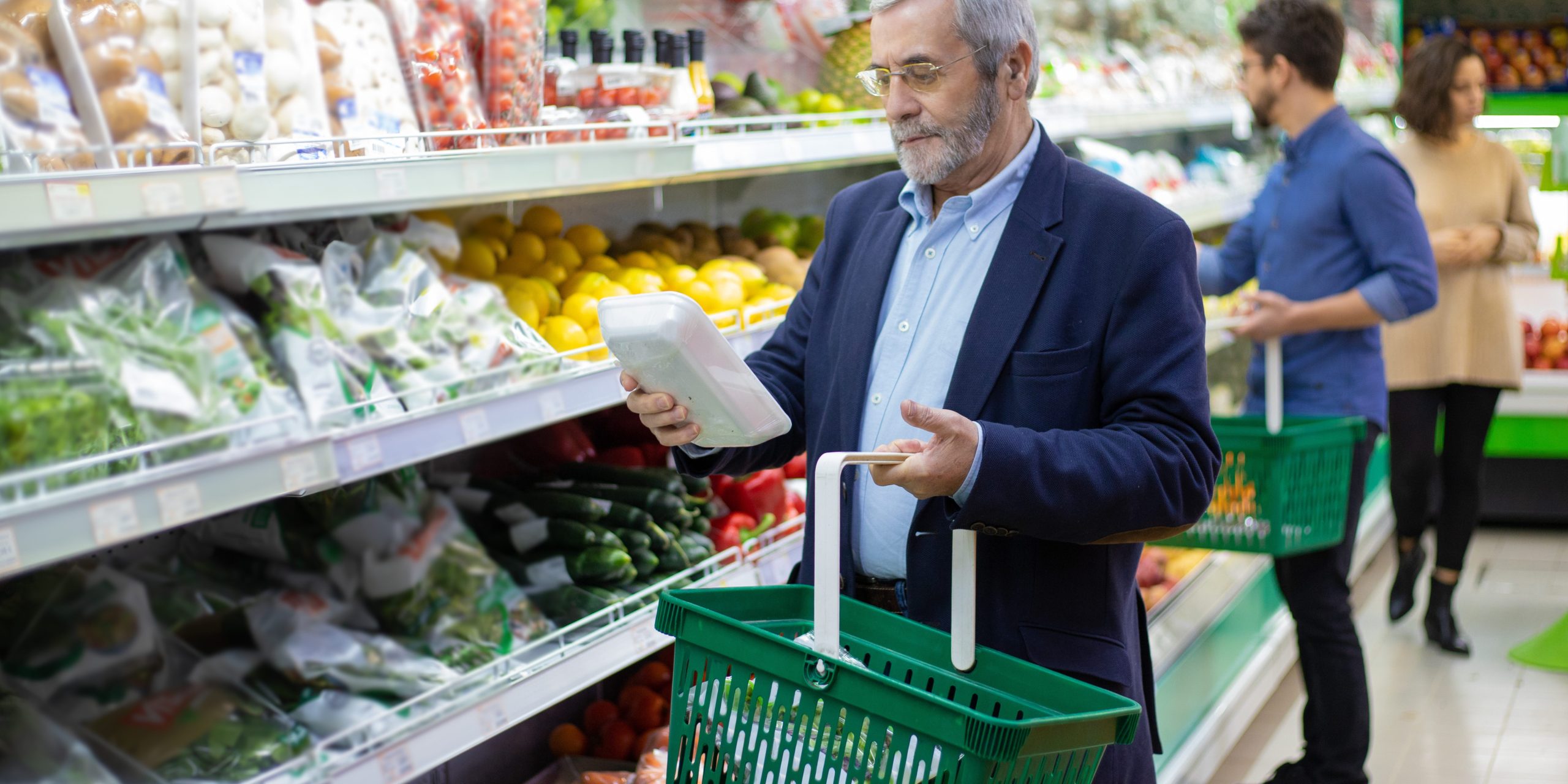
Imagine this: you walk into the grocery store with a mental list of what you need to maintain your diabetic diet, but as soon as you step through those automatic doors, you draw a blank. Suddenly, you're navigating aisles filled with temptations and end up grabbing items that aren’t on your diet plan. This common scenario can lead to frustration and poor dietary choices, impacting your blood sugar management and overall health.
Managing diabetes requires careful attention to what you eat, and shopping trips can either support or sabotage your efforts. This guide aims to arm you with strategies and a solid framework to navigate the grocery store confidently, ensuring you leave with the right items every time.
Your Grocery Store Framework
Understanding the layout of most grocery stores can greatly enhance your shopping experience. Here’s a simple framework to ensure that each trip is as productive and diabetes-friendly as possible:
- Start with Produce: Begin your shopping trip around the perimeter of the store where fresh produce is located. Stock up on a variety of colorful fruits and vegetables. These foods are high in fiber, vitamins, and minerals, which are essential for blood sugar management and overall health.
- Select Proteins: Next, head to the protein section. Opt for lean meats like chicken or turkey, fish rich in omega-3 fatty acids like salmon, and plant-based proteins such as beans and lentils. These foods help stabilize blood sugar and provide essential nutrients.
- Healthy Fats: Don’t forget to include healthy fats in your diet, which can be found in items like avocados, nuts, seeds, and olive oil. These fats are crucial for heart health and can help you feel fuller longer.
- Choose Whole Grains: When selecting grains, choose whole-grain options over refined ones. Whole grains provide more fiber, which helps slow down the absorption of sugar into the bloodstream.
- Dairy or Alternatives: Pick up low-fat dairy or plant-based alternatives. Look for unsweetened or low-sugar options to keep your blood sugar in check.
- Limit High-Sugar Foods: Finally, be cautious in the inner aisles where high-sugar snacks and processed foods reside. If you must venture there, stick to your list and avoid impulse buys.
Reading Labels: Your Secret Weapon
One of the most effective tools at your disposal is the ability to read and understand nutritional labels. Pay close attention to serving sizes, the amount of sugar, and the fiber content in foods. This knowledge can help you make informed decisions about what goes into your cart and, ultimately, your body.

6 Practical Tips for Every Shopping Trip
To make your grocery shopping even more effective, consider these tips:
- Never Shop Hungry: Shopping on an empty stomach can lead to impulsive decisions driven by cravings. Try eating a protein-rich snack before heading to the store to keep cravings at bay.
- Use Technology: Leverage apps that help you plan your grocery list or remind you of what you need to buy. Keep a running list on your phone of staple items and your favorite recipes’ ingredients to ensure you always have what you need.
- Shop Seasonally: Buying fruits and vegetables that are in season not only ensures the freshest produce but also keeps your meals varied and interesting. It’s also often more cost-effective.
- If You Forget Your List: Focus on whole foods—lean proteins, vegetables, fruits, and whole grains. These staples can form the basis of many meals, ensuring you’re still making healthy choices.
- Optimal Shopping Times: Try to shop early in the morning or late evening when stores are less crowded. This can reduce stress and help you focus more on making the right food choices without feeling rushed.
- Plan for Flexibility: Have a few versatile ingredients always on your list that can be used in multiple dishes, such as eggs, mixed greens, and a variety of spices, so you’re prepared even if specific items are unavailable.
Taking Charge Of Your Cart (And Your Health)
Adopting a structured approach to grocery shopping can transform it from a daunting task to an empowering activity that supports your diabetes management. Remember, every small decision you make at the grocery store can have a big impact on your health.
Embrace these strategies during your next shopping trip and notice the positive changes in your meal quality and blood sugar levels. You’re not just filling a cart; you’re nurturing your body and taking charge of your diabetes.
